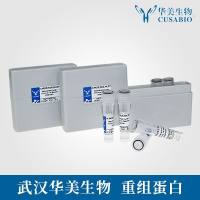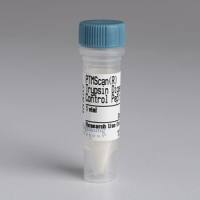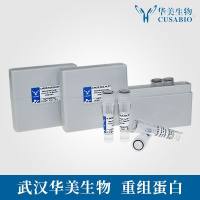Profiling LPS Glycoforms of Non-typeable Haemophilus influenzae by Multiple-Stage Tandem Mass Spectrometry
互联网
互联网
相关产品推荐

Nonstructural protein 2/NS2重组蛋白|Recombinant H1N1(A/Puerto Rico/8/34/Mount Sinai)Non-structural Protein 2/NS2
¥2570

土壤脂肪酶试剂盒活性检测试剂盒,用于对样本中S-LPS活性检测,S-LPS Activity Assay Kit
¥369

Recombinant-Hordeum-vulgare-High-molecular-mass-early-light-inducible-protein-HV58-chloroplasticHigh molecular mass early light-inducible protein HV58, chloroplastic; ELIP
¥10556

Myc Family Profiling Antibody Sampler Kit
¥500

Recombinant-Bacillus-subtilis-Oligopeptide-transport-system-permease-protein-oppCoppCOligopeptide transport system permease protein oppC Alternative name(s): Stage 0 sporulation protein KC
¥11494
相关问答

